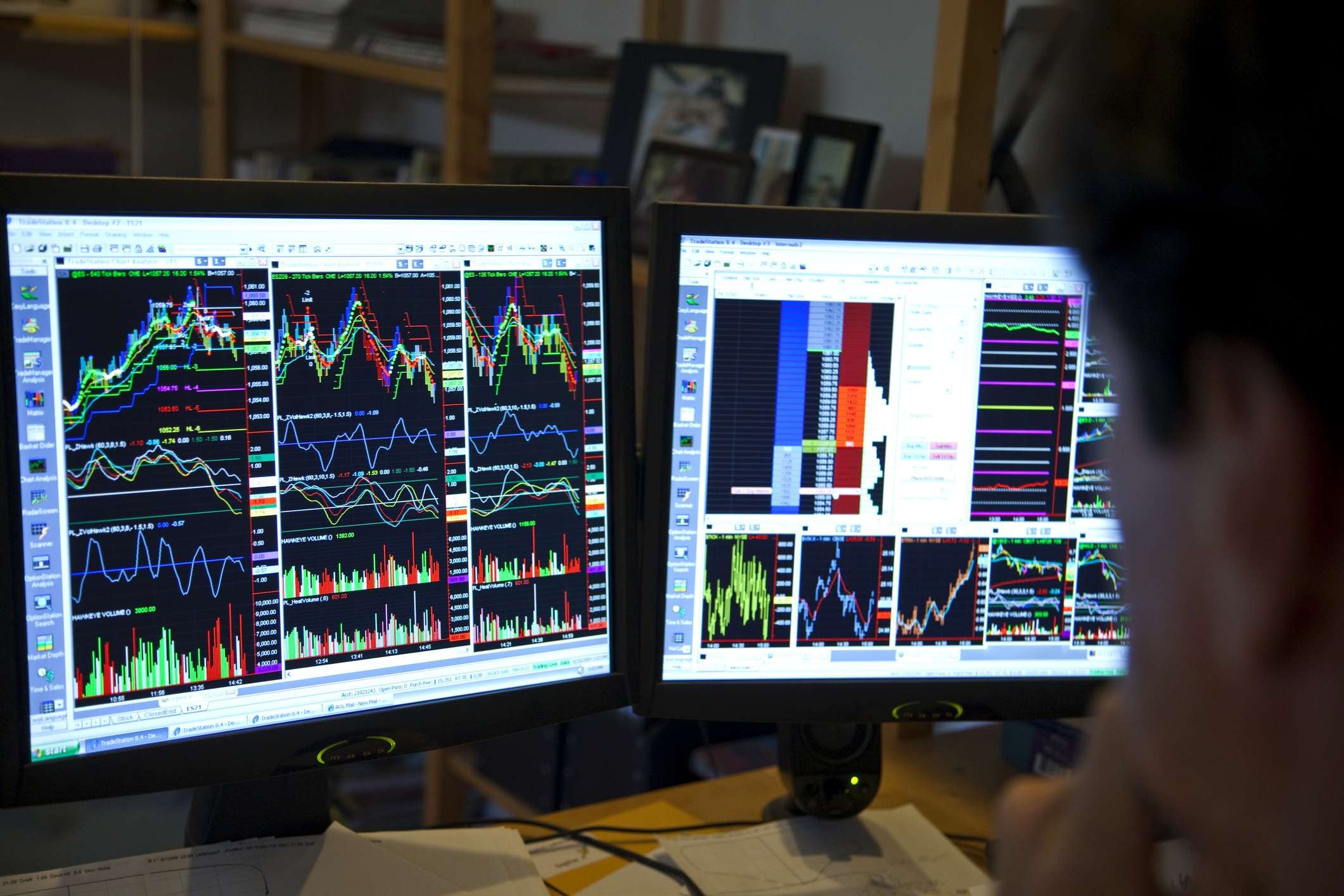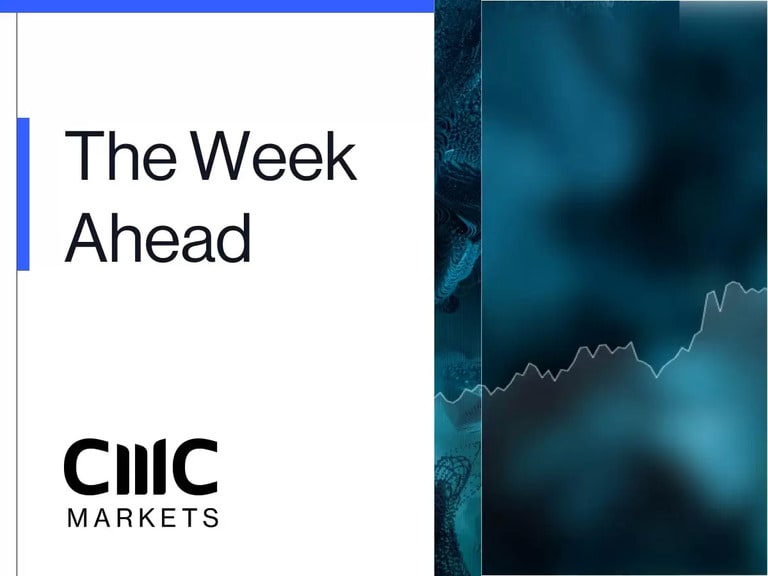Concerns about a global economic slowdown, driven by rising covid infections in China, saw the FTSE 100 hit its lowest levels in a month yesterday, while other markets in Europe also saw sharp falls, with no Macron bounce for the CAC 40, which fell over 2% to its lowest level since 14 March.
China’s strict zero-covid policy is raising concern that the Chinese government will struggle to get anywhere close to its 5.5% GDP target this year. The increased transmissibility of Omicron always made the prospect that a zero covid policy was likely to fail, with Australia and New Zealand admitting defeat by throwing in the towel on it. For China however, it could be the least bad option given the vulnerability of their healthcare system to rising cases, which means we could see city-wide lockdowns that last for weeks on end. It is these concerns that appear to have driven yesterday’s move lower, along with a sharp decline in commodity prices.
On the plus side, these concerns over demand destruction could well offer a welcome respite for hard-pressed consumers in the form of lower fuel prices at the pumps, after Brent crude prices fell below $100 a barrel yesterday.
US markets, despite opening lower, finished the day higher, led by the Nasdaq 100 as tech shares rallied strongly on optimism over upcoming earnings numbers, starting later today with the release of Microsoft’s Q3 numbers and Alphabet’s Q1 results. Twitter also finished the day higher after the board accepted Elon Musk’s offer to buy the business for $44bn, and subsequently take the company private, subject to approval by shareholders and regulators.
With the late turnaround in the US, markets here in Europe look set to open higher, with Asia markets also rebounding, obtaining a respite after two days of heavy losses, prompted by concerns over China’s economy, and the central bank’s tightening timetables.
As the UK economy gets set for a challenging new fiscal year, the final public sector borrowing numbers for March are expected to show the UK government borrowed £19bn in the final month of the last fiscal year, a £7bn increase from February’s £12bn. In the year to February, the government borrowed £138.4bn, £25.9bn less than the Office for Budget Responsibility forecast and £152.5bn less than the same period a year ago. The improvement was driven by better-than-expected self-assessment tax receipts in January, which exceeded OBR forecasts by £7.8bn, coming in at £26.8bn.
Today’s March numbers, even if they come in on the high side, are still expected to be well below the total forecast of £183bn as predicted by the OBR. This is despite higher debt interest costs which have risen sharply due to the sharp increases in RPI in recent months. This is the tightrope being navigated by the chancellor as he tries to balance the risks of increasing the tax take, against the rising costs of servicing the existing debt.
Despite these better-than-expected numbers, Sunak wasn’t persuaded to roll back the tax increases that kicked in this month, and while he has taken some steps to alleviate the impact, the measures he’s imposed could have the unintended consequence of reducing tax revenues as people cut back on spending.
While consumer confidence in the UK has fallen back sharply, in the US it’s been patchy even if retail sales have been slightly more resilient. Nonetheless we have been seeing signs that the US consumer has become slightly more cautious in the last few months. We could see a modest pickup in April to 108.50, from 107.20 in March, while preliminary durable goods for March are expected to see a modest rebound after a sharp decline in February.
EUR/USD – broke lower yesterday, below the 1.0750 area and looks on course for a retest of the March 2020 lows at 1.0635. To diminish the risk of these playing out we need to see a recovery back above the 1.0820 area.
GBP/USD – having broken below the 1.2800 area opens up the prospect of a move towards 1.2490 and the 61.8% retracement of the move from the 2020 lows at 1.1410, to the peaks last year at 1.4240. We now have resistance at the 1.2820/30 area.
EUR/GBP – holding above the 0.8400 area the next resistance comes in at the 0.8470 area and 200-day MA. Support comes in at the 0.8380 area. It appears we are in a range between 0.8500 and 0.8200.
USD/JPY – failure to move beyond the 129.00 area has seen some profit taking as we look to drift back down to the 125.80 area, on a break below the 127.40 level. The main support lies all the way back down near the 124.70/80 area.
CMC Markets erbjuder sin tjänst som ”execution only”. Detta material (antingen uttryckt eller inte) är endast för allmän information och tar inte hänsyn till dina personliga omständigheter eller mål. Ingenting i detta material är (eller bör anses vara) finansiella, investeringar eller andra råd som beroende bör läggas på. Inget yttrande i materialet utgör en rekommendation från CMC Markets eller författaren om en viss investering, säkerhet, transaktion eller investeringsstrategi. Detta innehåll har inte skapats i enlighet med de regler som finns för oberoende investeringsrådgivning. Även om vi inte uttryckligen hindras från att handla innan vi har tillhandhållit detta innehåll försöker vi inte dra nytta av det innan det sprids.






